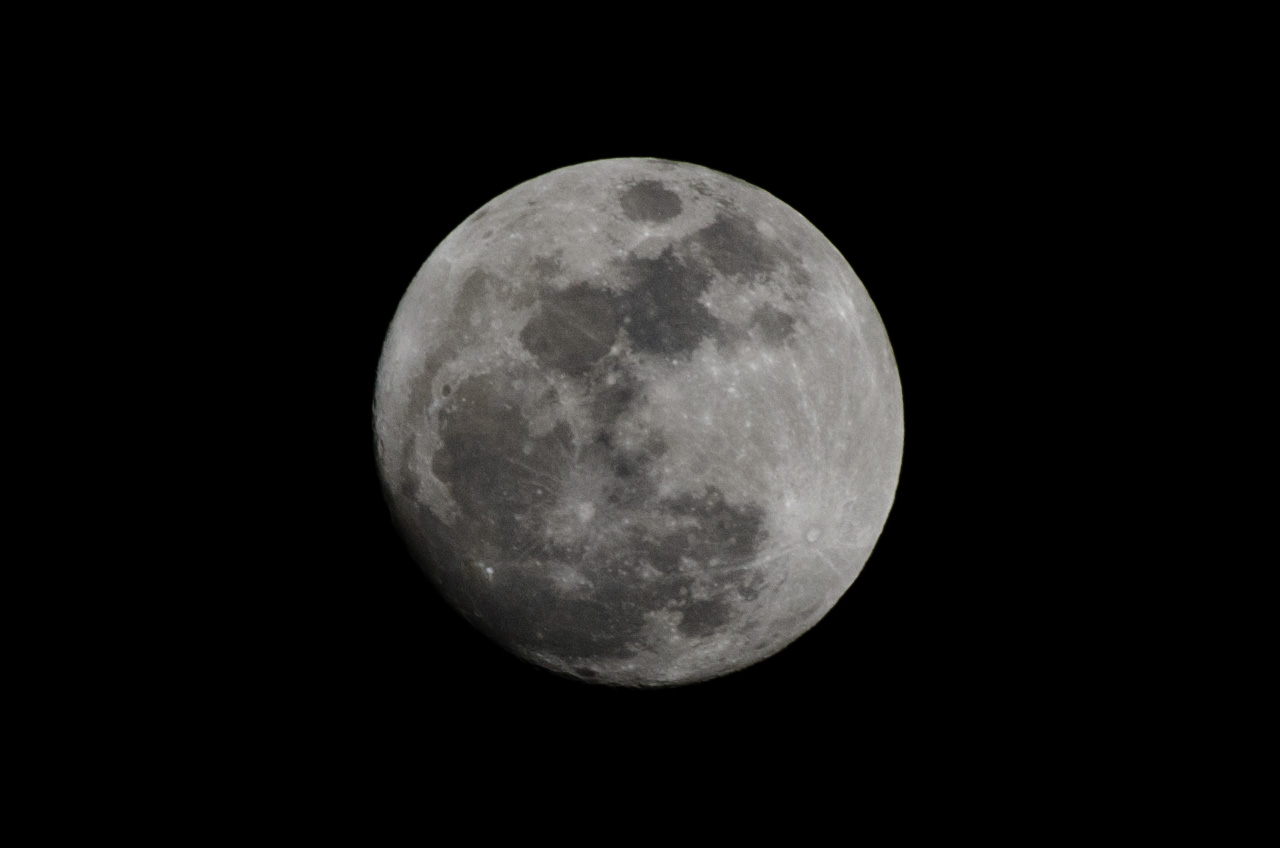jova castle
TPF Noob!
- Joined
- Jan 28, 2016
- Messages
- 7
- Reaction score
- 0
- Can others edit my Photos
- Photos NOT OK to edit
Thank you.When you say "2+2+2X converter" does that mean you are using three 2x converters simultaneously? If so, that would affect sharpness. Another possibility is mirror slap. I don't know how far the moon would appear to move in 3.5 seconds, so I can't say of that is an issue.
Thank you.. I will try that...That's an additional three pieces of glass stacked between the lens and the sensor. As far as the ISO and shutter speed, your losing around 7 stops of light (2 stops for each 2x converter, maybe 3 for the 3x).
Sometimes (often) we have to make compromises. Try one converter and crop; and lock up the mirror is possible.
Yes, A7 is mirrorless..I thought A7 was mirrorless
50 ISO with that many converters??? So if the lens opens to f:5.6, you're actually shooting at a maximum aperture of f:64! Your focal length is effectively 3600mm, so you're trying to build a telescope.
At that focal length, I would expect motion blur even at just 3 seconds. I know when I'm shooting the moon with my D7000 at 300mm (FF equivalent field of view of 450mm,) the moon will move across the frame in just a couple of minutes. Even when shooting stars at 18mm, the stars show trails at 20 seconds.
Lastly, since that aperture is so small, and your ISO is so low, did you boost that image in post? Boosting in post almost always yields worse noise than shooting higher ISO in the first place.
Lastly, teleconverters are a compromise. Stacking them is a serious compromise! I would shoot this with a 2x at the most, and then crop the image. My own moon shots are with the 300, no converters, and cropped.
But..... going back to my own moon shots, I've got one I'm looking at (it's not online, though) that I shot at 1/250, f:16 and ISO 400. If I calculate the aperture down to f:64 and the ISO down to 50, that still leaves me at 1/2 second, not 2 or 3 full seconds..... So now I'm wondering if you were shooting wide open or at a smaller aperture. Your image is a bit darker than mine, so let's reduce a stop for that (just as a guess.) If you really needed 3.5 seconds, you must have been set on the lens about f:11 or f:16, for an effective aperture of f:180 or f:256. Again, guessing.


For critical focus like that, I switch to Live View and zoom in. I don't know if your camera has such a feature, where you put the image onto the LCD screen instead of into the viewfinder....
As for the lens being at f:11 instead of wide open, I really have no idea how its sharpness at a given aperture is affected with all those teleconverters, but I would imagine that the effect of the converters far outweighs whatever difference the lens itself has between f:11 and f:5.6.
Here is one of my efforts from a couple of years ago. 300mm on a crop-sensor camera (effectively 450mm field of view,) then cropped from the original image and resized for the web. Not quite full, this was done on a night the moon passed near Jupiter.

This is an uncropped (but resized for the web) image of the moon and Jupiter, although I had to cheat and paste Jupiter in from another shot at a higher exposure. This is at 210mm, which would be very close to the apparent size of the moon at 300mm with your full-frame camera, which is why I'm including it. It shows everyone far you'd have to crop without the teleconverters.

Still, that many converters is too much of an optical compromise. I've seen folks say that 3x converters should never have been invented.It all depends on the optical quality, i.e. how much they cost. Back when I had my Canon AE-1, I had a couple of converters, a cheap one I got at a retail store, and a more expensive one I got at a photo store. The cheap one was four elements, the good one was seven, and was significantly better!
Can you manually set your lens to infinity ?
It's far enough away where infinity is required setting.
Using teleconvertors also may (and probably do) decrease sharpness especially in this scenario.
Also boost your ISO to get much faster shutter speeds. here's basic information ==> How to Photograph the Moon
there's plenty on this site too if you want to search for it.
also be careful of you moving, wind, an unsturdy tripod, etc.
